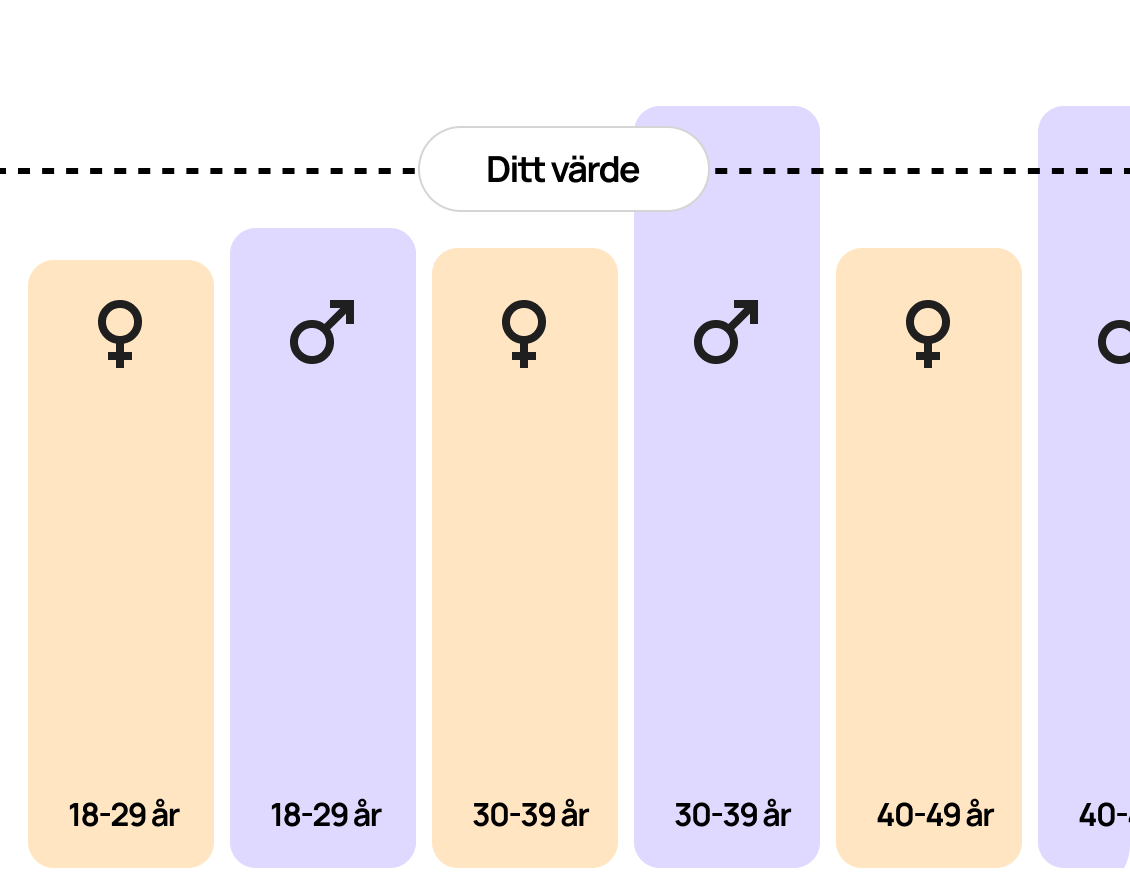The TIBC test measures transferrin levels in the blood to evaluate the body's ability to bind and transport iron, which is essential for the production of red blood cells and the maintenance of healthy body function.
Abnormalities in TIBC levels can indicate iron deficiency, iron excess, or diseases related to the liver and kidneys, making the test useful for diagnosing and monitoring iron-related health conditions.
The TIBC test is often used in combination with other analyses, such as serum iron and transferrin saturation, to provide a more complete picture of the body's iron balance. This can be particularly important in the evaluation of unexplained anemia or when there is suspicion of hemochromatosis (iron overload), a hereditary condition that causes the body to store excess iron.
Elevated TIBC levels may be observed in cases of iron deficiency, pregnancy, or the use of oral contraceptives, while low levels are often associated with inflammatory conditions, poor nutrient absorption, or losses via the gastrointestinal or urinary tracts. During inflammatory processes, the body reduces the production of transferrin, leading to lower TIBC levels.
In laboratory testing, both TIBC and serum iron are often measured to calculate transferrin saturation, which indicates the percentage of transferrin that is bound to iron. This information can be crucial in identifying iron-related imbalances and guiding appropriate treatment.






























